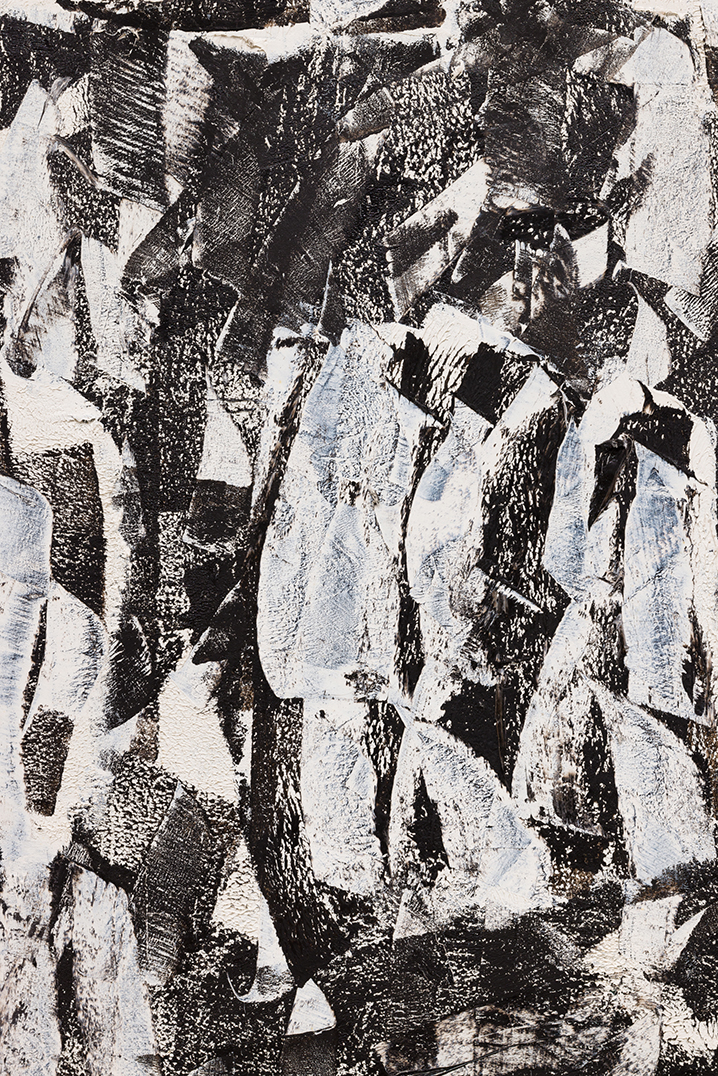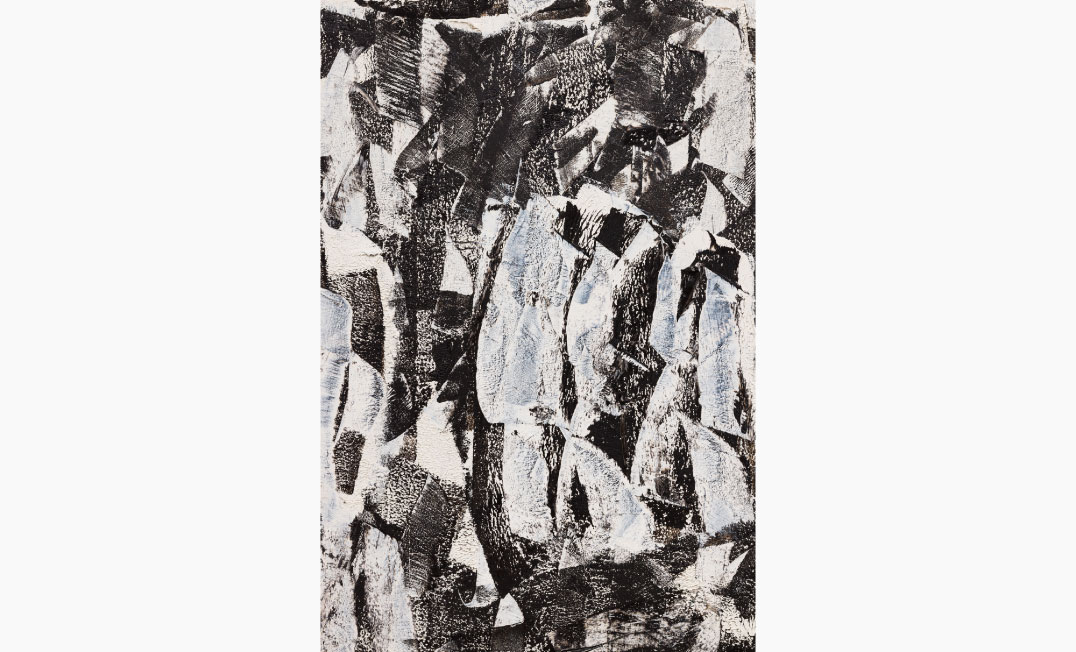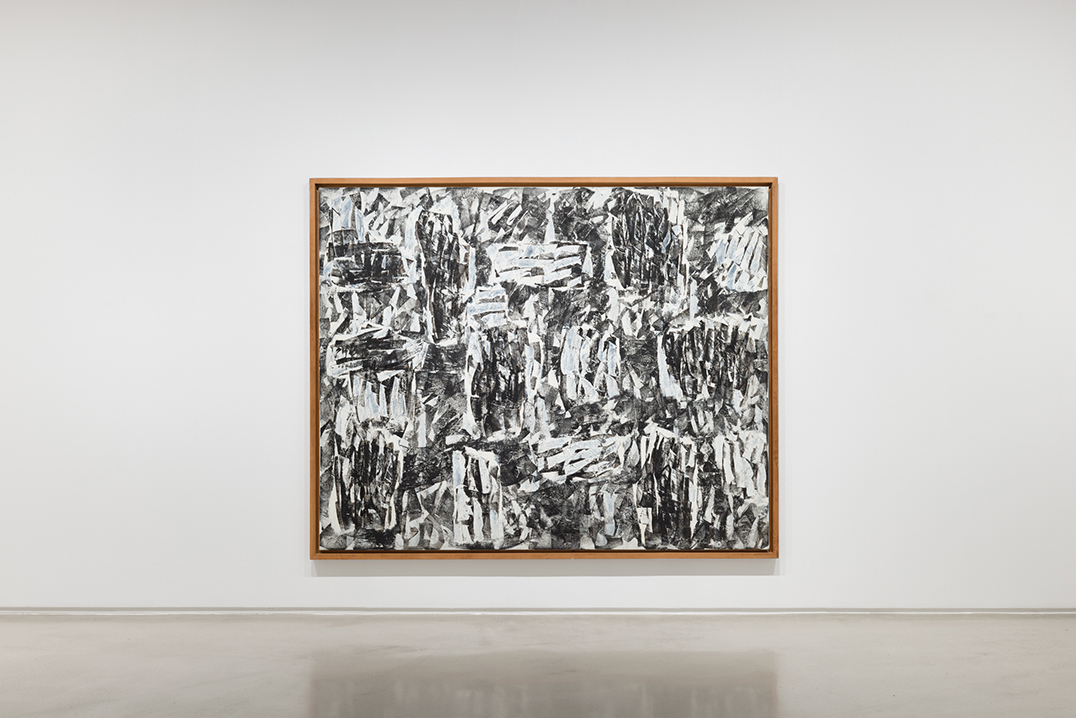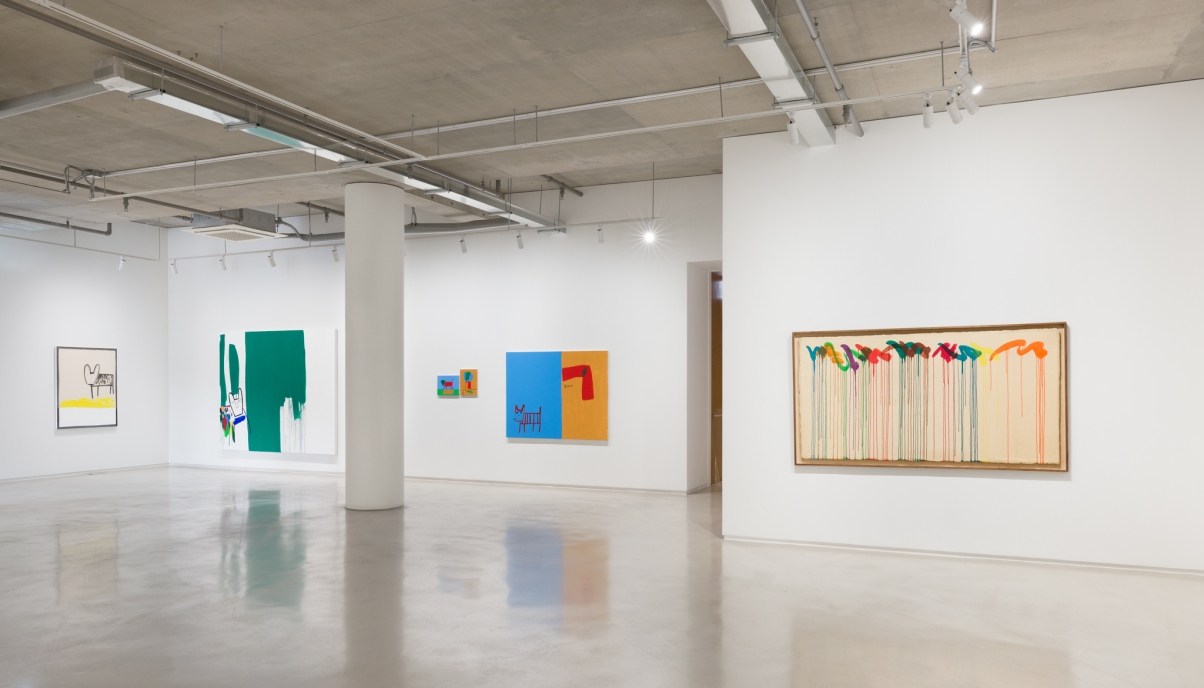
Chungji Lee

Biography
Chungji Lee (1941 – 2021) entered Hongik University as a Western painting major in 1963 and studied there until she acquired her B.A. in 1968. At the time, many young artists were against the art community that existed around the National Art Exhibition of the Republic of Korea and began a movement supporting art informel as an alternative. Chungji Lee was also largely influenced by this pictorial trend as she grew and produced work as an artist until the mid-1970s, after which point she made a shift in the latter part of the 70s doing monochromes in brown schemes. Later, Lee created full grey-brown canvases with repetitive action exhibiting physical and tactile characteristics. While there was a change in style in the 1990s with the adoption of calligraphy, she continued doing monochromatic works her entire life. As the founding member of the Korean Woman Artist Association, Lee endeavored to build a system for women to work as artists and set the foundation for feminism. She was more focused on securing ways for female artists to enter the art world and forging her own realm than becoming involved in the politics of male artists. Her gigantic canvases full of incredible materiality and gestures are all-over paintings, a style usually thought to be reserved for male artists. They exude immense strength, compelling enough to overpower any male artist’s works and impress viewers.
Chungji Lee(1943~2021) earned BFA and MFA at Hongik University. After the artist’s first exhibition at Shinsegye Gallery, she has held several solo exhibition at Fine Arts Gallery(1976), Muramatsu Gallery(1983, Tokyo), Fukuoka Art Museum(1988, Fukuoka), Inkong Gallery(1991), Sun Gallery(2016) and more. The artist also take a part in diverse group exhibition at Beijing Art International Biennale, Tamgang University(2012), Sapporo Trienale(1984, Sapporo), The 17th Biennalde Saopaulo(1983, Saopaulo), Ecole de Seoul(1982-1996, Seoul) and so on.
The artist’s works are collected in Institutions lik National Museum of Modern Contemporary Art, Seoul Museum of Art, Fukuoka Museum of Art, Ho-Am Art Museum, Total Museum of Contemporary art, Museum of Contemporary Art in Hongik University etc.
이정지(1941-2021)는 1963년에 홍익대 서양화과 학부과정으로 입학하여 1968년에 동대학원 석사과정까지 마쳤다. 당시 상당수의 젊은 예술가들이 국전을 중심으로 하는 기성 화단에 대한 반감을 가지고 있었고 이에 대한 새로운 대안적 예술로 앵포르멜 미술을 지지하는 움직임이 일어났는데, 이정지 역시 앵포르멜 미술에 영향을 받으며 예술가로 성장했다. 그는 1970년대 중반까지 앵포르멜 미술의 영향하에 있는 작품들을 발표하다가 1970년대 후반 갈색 계통의 단색조 그림을 그리면서 단색화 작업으로 변화하였다. 이후 반복행위가 주를 이루는 신체성, 촉각적 특징이 두드러지는 작업으로 화면 전체가 회갈색으로 표현된 작업을 제작했다. 1990년대 들어서 서예쓰기를 도입한 양식으로 변화를 꾀하기도 하면서 평생 단색화 계열 작업들로 화업을 지속하였다. 이정지는 ‘한국여류화가회’ 창립멤버로서 여성작가의 활동을 위한 체계와 여성주의의 이론적 기틀을 만드는데 힘을 보태고자 하였는데, 이정지가 남성작가들의 정치학보다는 여성작가들의 미술계 진출을 모색하는 일과 자신의 독자적 영역을 만드는데 몰두했다는 점은 중요하다. 그의 작품은 누구 못지 않게 강한 힘을 보여주는 전면성의 회화이기도 하다. 거대한 캔버스를 물성과 제스처로 가득 채우고 정면성을 강조한 회화는 남성 작가의 전유물로 받아들여지곤 했지만 이정지의 회화는 그들과 나란히 할 수 있는 이미지의 압도감을 가지고 있고 화면 그 자체로서 강한 물성과 제스처로 우리를 압도한다.
이정지(1943~2021)는 전북 출생으로 홍익대학교 미술대학 및 동 대학원을 졸업하였다. 1980년대 모노크롬(단색화) 회화 작업을 본격적으로 전개하며 독자적인 영역을 개척한 이정지는 1972년 신세계 미술관에서의 첫 개인전을 시작으로 문예진흥원 미술회관(1976), 무라마쯔 화랑(1983, 동경), 후쿠오카시립 미술관(1988, 후쿠오카), 인공갤러리(1991), 선화랑(2016) 등 다수의 미술관 및 갤러리에서 개인전을 가졌다. 또한, 베이징 비엔날레(2017, 북경중국국립미술관), 한국대만 현대회화 교류전(2012), 까뉴국제회화제(1984, 프랑스), 사뽀로트리엔날(1984, 북해도미술관), 상파울로 비엔날레(1983, 상파울로), 에꼴드서울전(1982-1996 서울) 등 다수의 단체전에 참가했다. 작가의 작품은 국립현대미술관, 서울시립미술관, 후쿠오카 시립미술관, 대전시립미술관, 호암미술관, 토탈미술관, 선재현대미술관, 홍익대학교 현대미술관 등 다수의 기관에 소장되어 있다.

